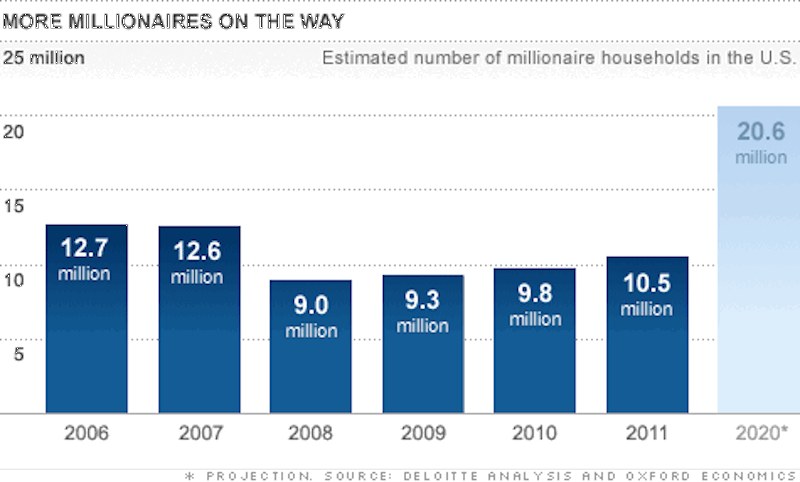How To Easily Analyze Your Investment Portfolio For Concentration Risk Sector Exposure Style
Post on: 22 Май, 2015 No Comment

Rebalance your portfolio at least twice a year because your positions can change quite drastically as a percentage of your portfolio over time. If you really care about your finances, rebalancing once a quarter is probably even better. Whether you actually make some adjustments to your investment portfolio is a different matter. You might find youre happy just the way things are based on your risk profile and leave well enough alone.
Just the fact that youre staying on top of your investments 2-4X a year by checking your position sizes, reading your funds quarterly statements, and monitoring your general risk exposure is better than most people. Even if you employ a financial adviser to watch over your money, you should check in to see that your money is allocated properly. One person I knew thought she had 70% of her portfolio in the S&P 500 in 2013. When she finally opened up her year end financial statement she realized she was actually 70% in cash and 30% in bonds the entire time!
So is there an easy way to give your investment portfolio an investment checkup? Im pleased to say there is.
One of the neat things about working at Personal Capital is getting firsthand updates of all the newest features by the people who create them. Jim Del Favero, Chief Product Officer showed me what he and his team have been up to this year with the rollout of the latest free Investment Checkup features. Heres a quick tutorial to help you manage your investments better.
The new Investment Checkup features do the following:
1) Analyzes stock concentration: You can now easily see what your largest holdings are and if you have too much of any one position which might threaten your portfolios risk profile. Sometimes your winners can really grow in size quickly if you arent constantly paying attention. Conversely, many people start ignoring their portfolios when some of their picks do horribly.
2) Analyzes domestic equity sector exposure: You can see whether you are overweight or underweight in any one sector and see how well you are diversified. You can compare your portfolio to the S&P 500 as well as Personal Capitals Tactical Weighting recommendation, which is based off equal weightings across sectors instead of market cap weightings. Tactical Weighting is also known as Smart Indexing according to PC.
3) Analyzes US equity style: See how your portfolio stacks up among large, mid and small cap stocks vs Personal Capitals Smart Indexing recommendation and the S&P 500. The S&P 500 is market cap weighted while Smart Indexing is equal weighted across sectors. You might have too much or too little small cap or large cap exposure vs. the indices.
Below is a screen shot of what you should see when you log on to your Dashboard to help you access their newest features. Go to the top right and click Investing and then click Investment Checkup.
ANALYZING YOUR INVESTMENT PORTFOLIO
Youll find the following three screenshots of your investment portfolio using the new Investment Checkup features.
1) Stock Concentration: A snapshot of your individual holdings and feedback on the diversification of your portfolio based on stocks, sector, and style. In this example, RKUS looks a little heavy and is in consideration to be sold down to keep stock weightings the same.
2) Domestic Equity Exposure: A snapshot showing your portfolio is very overweight in technology based on our Tactical Weighting (Smart Indexing) suggestions. You can also click on the S&P 500 button to see how your portfolio stacks up to the S&P 500 market cap weighting. Technology is currently overweight based on our Tactical Weighting suggestion.
3) US Equity Style: A snapshot of your portfolios composition based on style vs. our Tactical Weighting recommendations and the S&P 500 composition. In this example, your portfolio is underweight Mid Cap Core and Small Cap Core and overweight Small Cap Growth and Small Cap Core.
POINT OF DEBATE IN SECTOR WEIGHTINGS
There is some discussion on whether comparing a portfolio to the S&P 500 or Personal Capitals Tactical Weighting methodology is the better approach. Im biased for the S&P 500 even though it is market cap weighted because thats what every other domestic fund manager compares their performance too. But take a look at the below chart to see why aligning your portfolio to the S&P 500 might be a mistake.
In 1999, the S&P 500 technology weight grew to 28% because it was the hot sector, much like it is today. The sector then proceeded to decline by 80.5% over the next two years as the bubble burst. An S&P 500 portfolio underperformed an equal sector weighted portfolio as a result. In 2006, Financials held a large 22.5% weighting in the S&P 500. Financials then declined by 79.9% in the subsequent two years due to the housing crisis. The mean reversion phenomena seems to be alive and well, which is why its good to not let one sector become too overweight.
The good thing about the new Investment Checkup feature is that you can compare your portfolio(s) to both the S&P 500 or to a Tactical Weighted portfolio.
To access the new Investment Checkup features:
2) Click the Investing Tab on the top of your dashboard
3) Click Investment Checkup from the drop down men
4) Click STOCKS (right of Allocation, left of Costs options) to get an assessment of all your investment accounts.
5) Click the down arrow in ALL ACCOUNTS to toggle between investment accounts for more specificity.
* New users must first aggregate your investment accounts on the top left hand side of the dashboard by clicking the + button.
If you have any feedback, Id love to hear it and pass it along to the product team.
Photo by tpsdave pixaboy, public domain.














